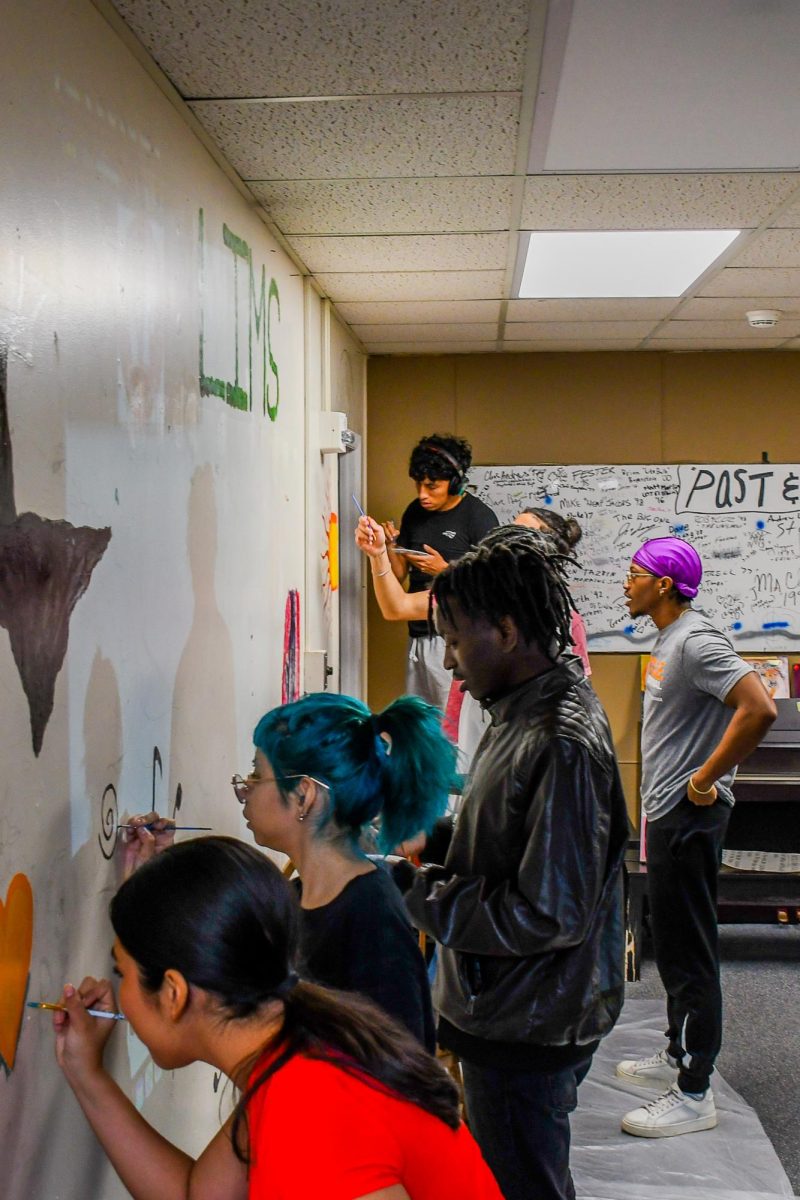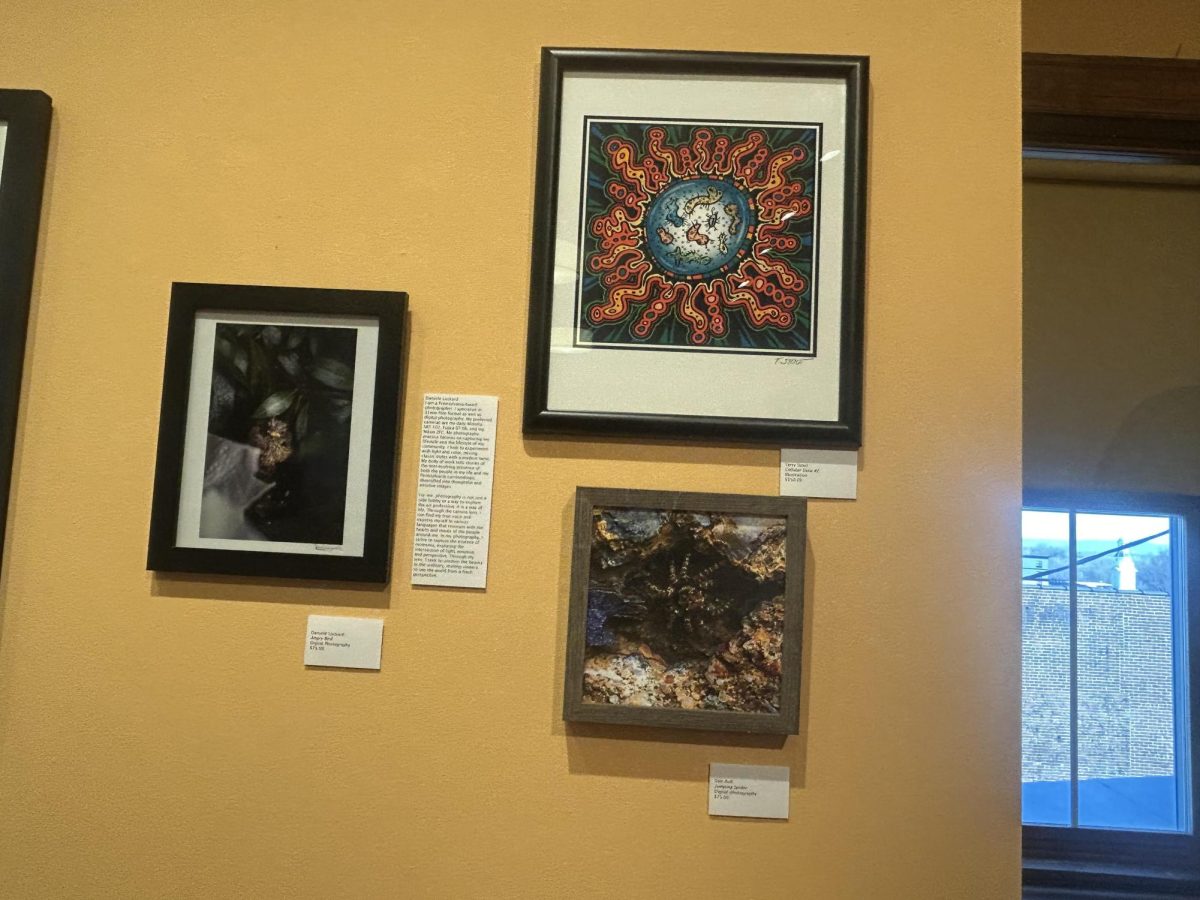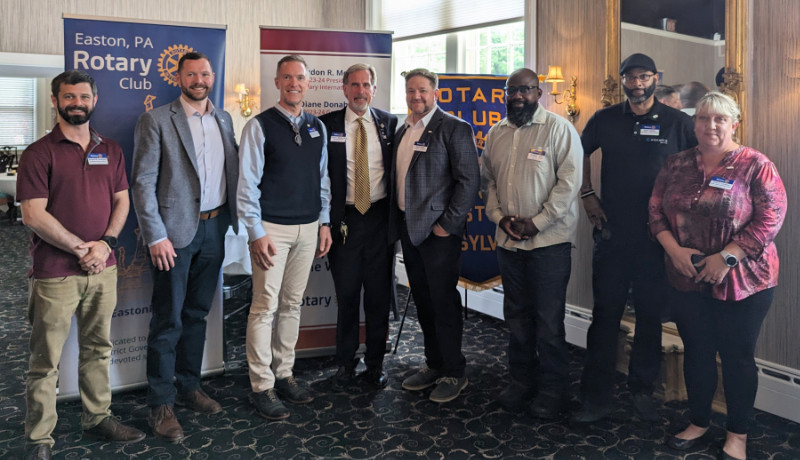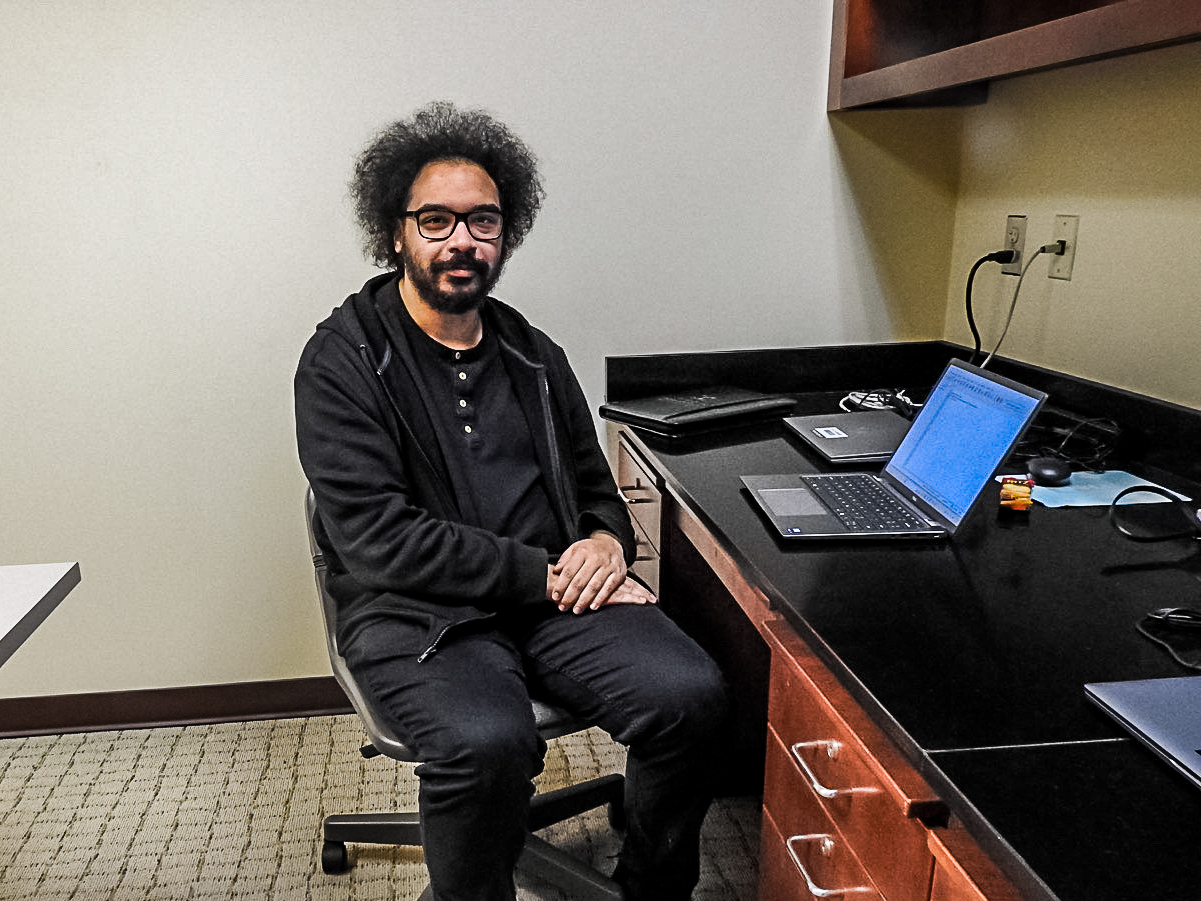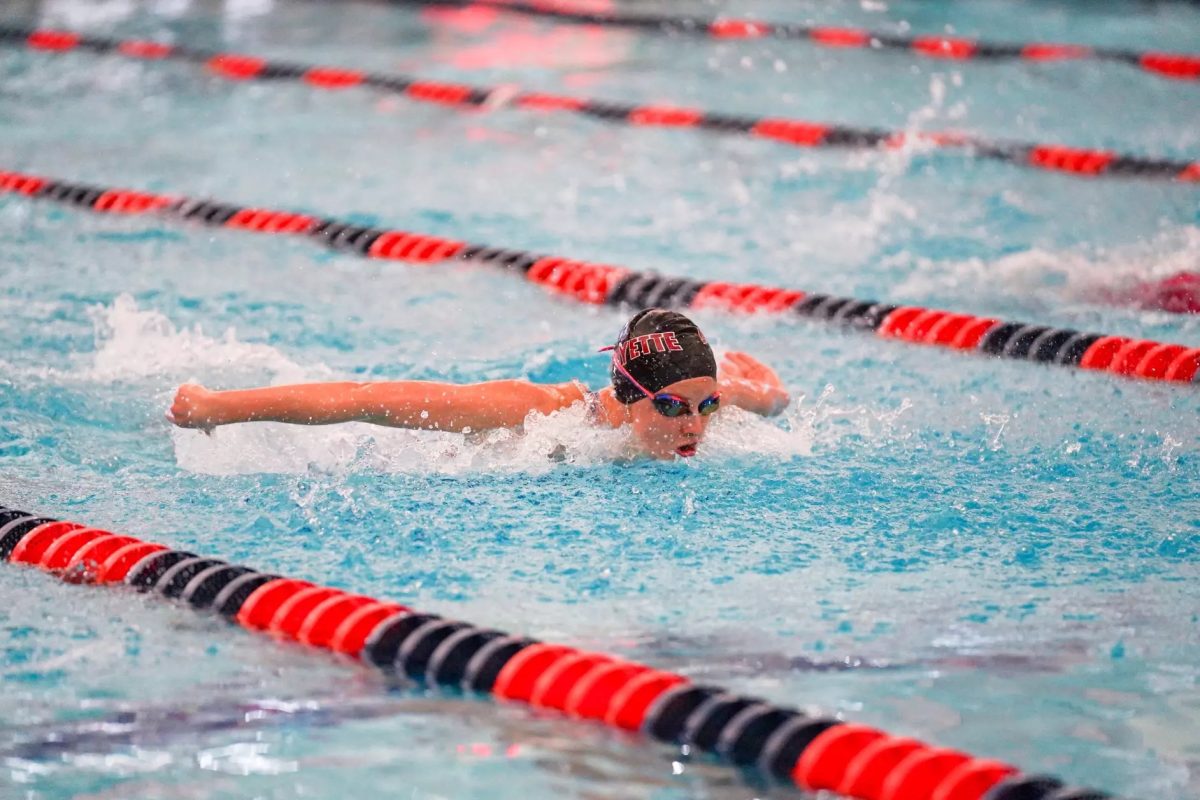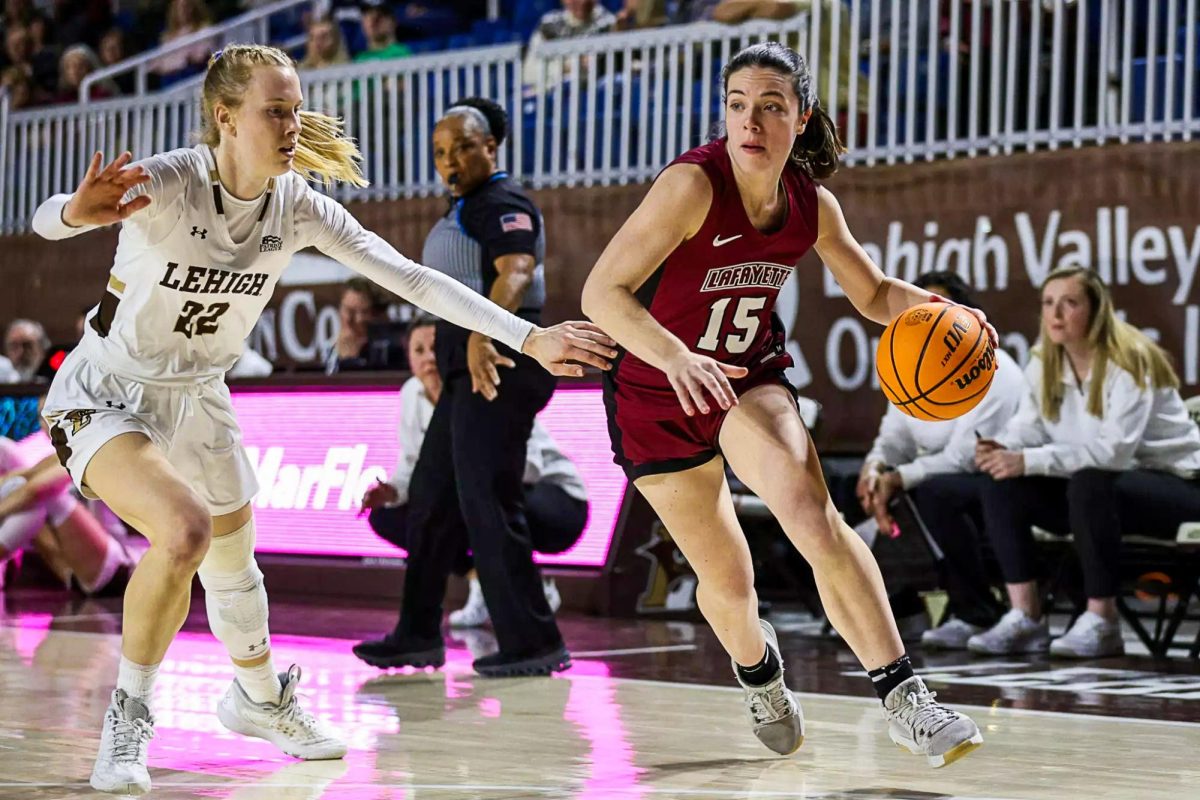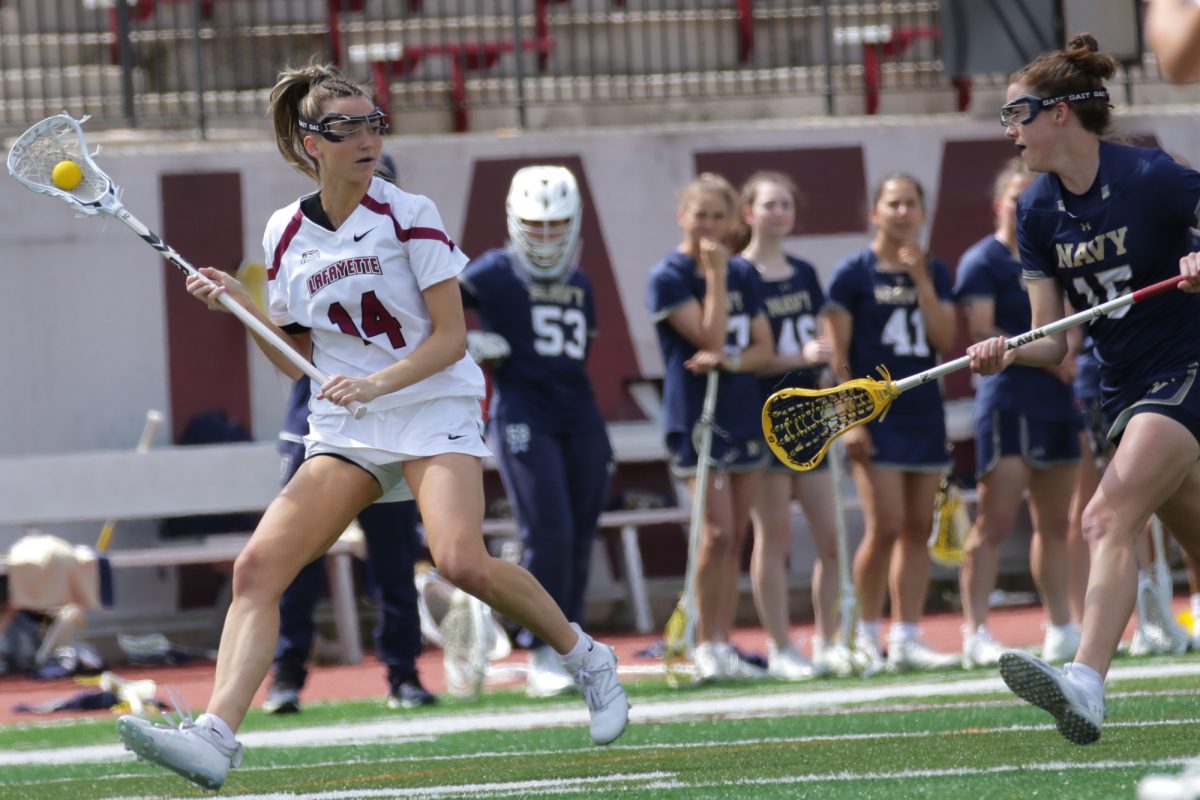Former Holy Cross quarterback Matthew Sluka was no stranger to the Patriot League spotlight. This year, he made national news by redshirting from the University of Nevada Las Vegas due to a Name, Image and Likeness, also known as NIL deals, dispute.
In four years playing for the Crusaders, Sluka set numerous records by carving up defenses in both passing and rushing.
Sluka was the Patriot League Offensive Player of the Year in 2023, rushing for a Division I-best 1,247 yards and nine touchdowns and throwing for 1,728 yards and 20 touchdowns. He also had a record-setting performance in the Crusaders’ loss to the Leopards last year, rushing for 330 yards with three rushing touchdowns, which set the Division I (both FBS and FCS) quarterback rushing record.
However, with Holy Cross head coach Bob Chesney departing for James Madison University at the end of last year, Sluka decided to take his final year of eligibility to UNLV.
UNLV got off to a 3-0 start under Sluka this season, beating Big-12 teams Kansas and Houston along with FCS opponent Utah Tech. In those three games, Sluka averaged 106 yards in passing and 84.33 yards on the ground.
That’s why it was so surprising to see Sluka announce on Instagram on Sept. 25 that he would take his redshirt year and transfer to another program. Redshirting allows football players to practice with the team, receive scholarship money and attend classes without using a season of NCAA eligibility if they do not compete in more than four games.
The culprit? Sluka’s agent claimed Sluka was verbally offered $100,000 from offensive coordinator Brennan Marion and did not receive that money.
UNLV maintained that, because it was a verbal offer, the Friends of UNLV booster collective did not promise Sluka any money beyond a $3,000 payment they fulfilled for an engagement he attended this summer.
Since the NCAA allowed college athletes to be compensated for their name, image and likeness in 2021, booster collectives have become crucial cogs in the college recruiting machine. Collectives source funds from donors and fans to give athletes through NIL deals. The money isn’t directly coming from the school, so it officially abides by NCAA pay-for-play policies, but the importance of NIL deals in the recruiting process shows that those lines are beginning to blur.
If one thing is certain from this debacle, hold-outs over NIL money — which occur in the NFL over contract disputes all the time — may become more and more frequent if the NCAA does not alter the current system.
That said, a proposed settlement in a landmark antitrust case against the NCAA just received preliminary approval from a judge. If settled, colleges would be able to directly pay student-athletes — up to $20 million a year to start — and could potentially restrict booster collectives.
It’s no secret that college sports, particularly football and basketball, have been nothing but a cruel calculus for a long time — one that has historically benefitted schools, not players.
On one hand, it’s good to see players try to operate on the same terms as schools and demand what they’ve been promised. On the other, it’s increasingly clear that college sports are simply hiding behind the veil of amateurism to prepare high-level athletes for professional careers while abandoning athletes who want to continue playing sports at a high level in college without any intention of turning professional.
Even if the proposed settlement goes into effect, schools with the means to pay players will have more recruiting power, leading to even more stratification between Division I conferences.
The divide in Division I has gotten so large that it’s almost two (or three) separate divisions by now. Schools like Lafayette have no business competing in the same division as schools like Alabama, which shell out millions of dollars each year on athletics. Lafayette and other small Division I schools can’t keep up.

























